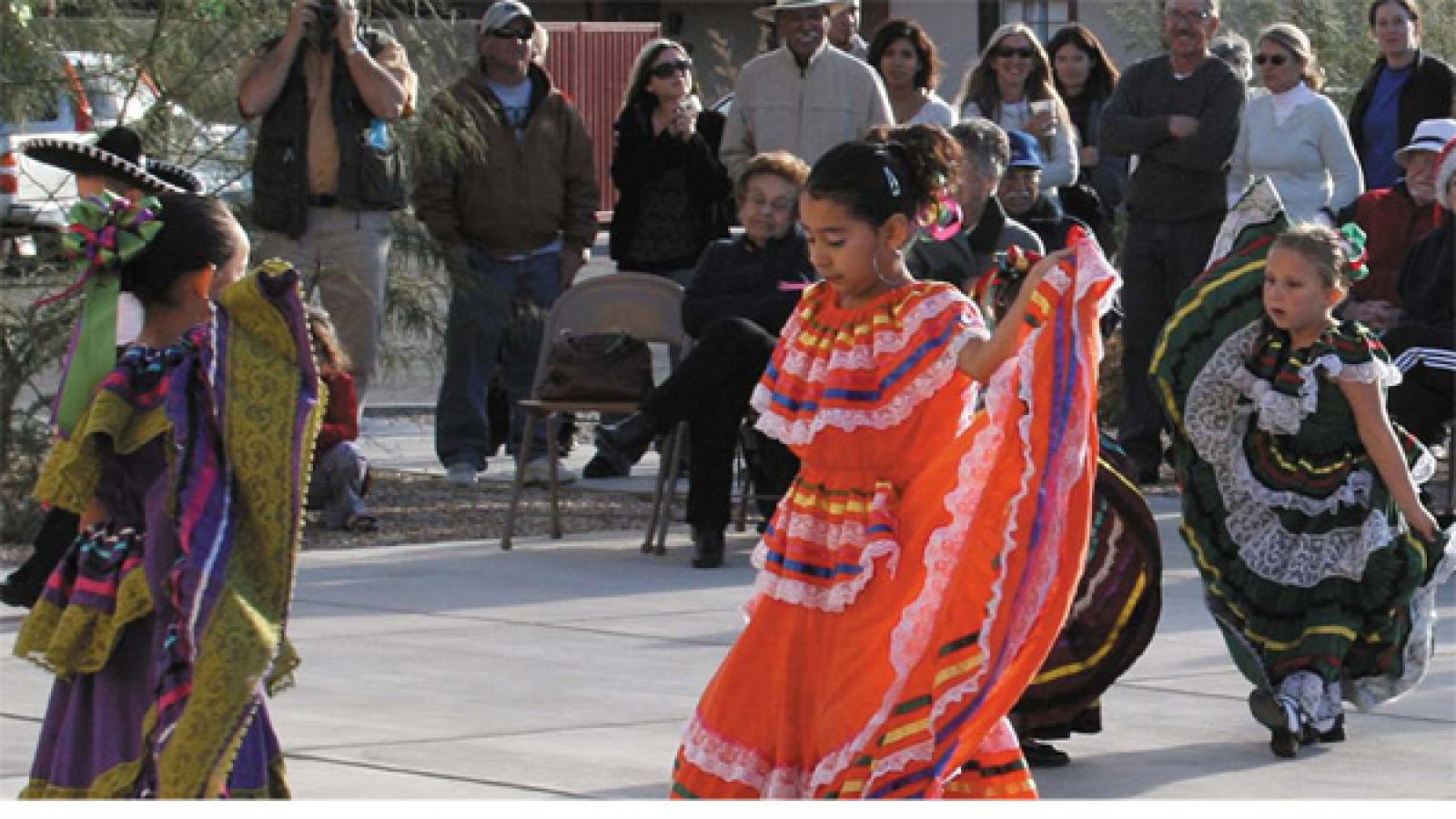"The commonality between science and art is in trying to see profoundly—to develop strategies of seeing and showing." —Edward Tufte
The NEA has partnered with the United States Census Bureau six times since 1982 to conduct the Survey of Public Participation in the Arts (SPPA). Over that period, the SPPA has become the nation’s most authoritative source of information about the ways in which Americans from all walks of life participate in the arts and how this participation has changed over the years. Its statistical rigor, national coverage, and depth of detailed information about the American people make the SPPA an unparalleled resource for understanding the value and impact of the arts in society.
When the U.S. Census Bureau delivered the 2012 SPPA data, my colleagues in the NEA's Office of Research & Analysis (ORA) pulled together
some of the more interesting ways of looking at these data to produce a report. This
report of the survey's highlights was released at the University of Massachusetts at Amherst on September 26.
The analysis undertaken to draft the report was by no means simple. Once we had finished cleaning, labeling, and becoming familiar with the nuances of the data, the biggest challenge lay in deciding what to include and what to exclude from the highlights report. We settled on what we thought were "top-line" items, guided partly by the NEA's previous reporting strategies and partly by the new types of arts activities the 2012 survey was intended to explore. The list below gives a snapshot of five modes of arts participation we presented, and within them, the specific activities we examined.
- Attending Arts Events and Activities (performing arts events; art museums, galleries, and visual arts events; destinations with historic or design value; movies)
- Reading Books and Literature (any book outside of school or work; literature, including novels, short stories, poetry, or plays)
- Consuming Art through Electronic Media (books and literature; visual arts; dance; theater; opera; various types of music)
- Participating in Arts Learning (various subjects) (arts classes/lessons (in or out of school); arts learning through other means)
- Making and Sharing Art (dance; photography; various types of music; film/video; fiber arts; leatherwork, metalwork, and woodwork; scrapbooking; creative writing and books in general; visual arts; pottery, ceramics, and jewelry-making; theater; opera)
But this was just a first cut. In a data table of this size (802 columns and 37,627 rows), there are literally hundreds of thousands of combinations of data points and relationships that can be explored. And that doesn't even begin to take into account what can be done with historical SPPA data or data from other sources like the American Community Survey or the Economic Census.
Mindful of the extent of these possibilities, and knowing the widespread interest in learning how Americans participate in the arts, we are taking a multi-pronged approach to promote the SPPA. Coinciding with the launch of the 2012 SPPA highlights report, How A Nation Engages with Art, we released technical documentation and data files for researchers. These resources cover not only the 2012 SPPA but also the previous six surveys conducted with the U.S. Census Bureau. Next, in the spring of 2014, we plan to publish a more extensive summary report on the SPPA data, akin to the report we produced for the 2008 SPAA. All these efforts will help illuminate arts participation in America.
This year, for the first time in the SPPA's storied history, the NEA is also
sponsoring a challenge intended to make these data more accessible to the public through a series of interactive, aesthetically appealing, and easy-to-use data visualization tools. The title of the challenge,
Presenting Arts Data Artfully, communicates our dual intent. First, we want arts organizations, arts patrons, and the general public to engage with these data in ways they never have before and to use the data to better understand their audiences and communities. In addition, we want visualization apps that are works of art in their own right: apps that can become the centerpiece of the NEA’s presentation to the public of this valuable data resource.
Presenting Arts Data Artfully is envisioned as another arrow in this quiver of ways to promote knowledge and understanding about the arts, make the data useful to the public, and foster ideas about how to understand arts participation. We hope that the challenge will encourage a wide range of skilled, data-savvy, and artistic people—or in John Maeda's typology, unicorns and ninjas—to create tools that help Americans discover new and intriguing insights about the role the arts play in all of our lives.





